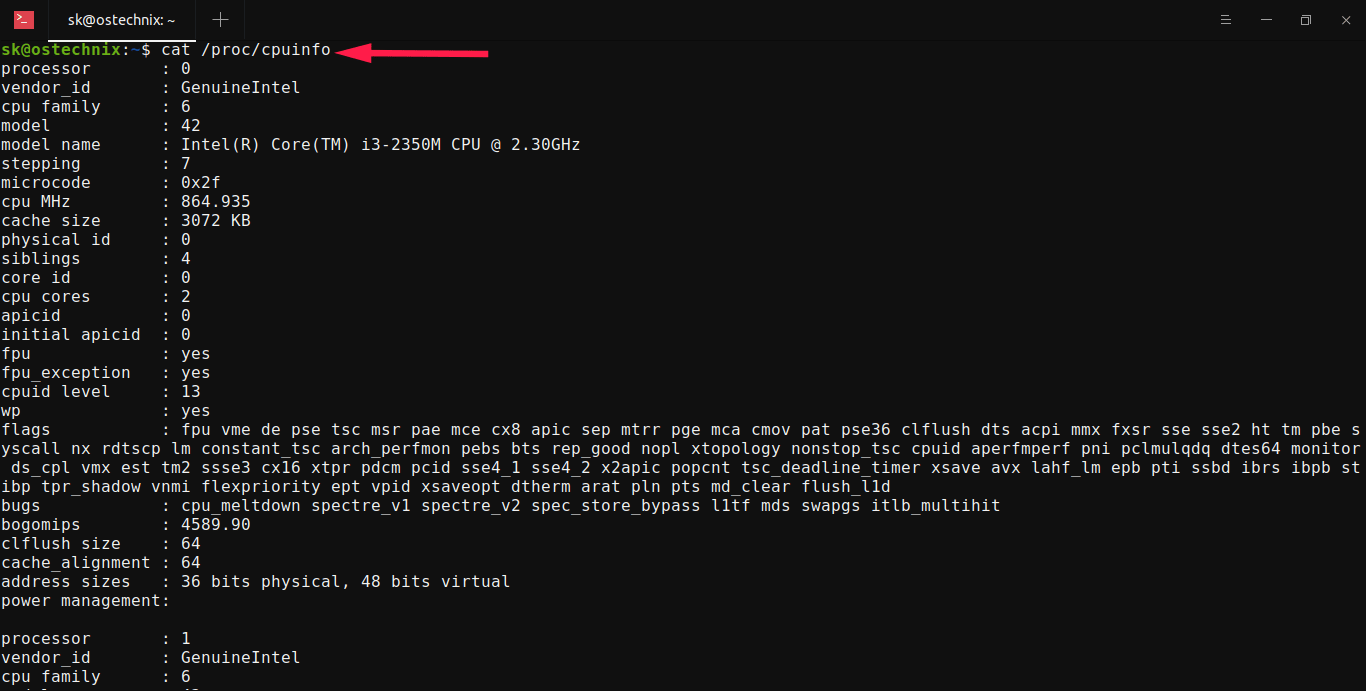

For example, using the flag “-c 30 5” with atopsar will generate a report for current CPU utilization for 5 minutes (ten times with intervals of 30 seconds): atopsar -c 30 5 You can analyze specific times by pressing b then entering the time. The above shortcut keys also work in this mode… a, c, d, m,n. Once you open a log file (e.g., atop -r /var/log/atop/atop_20140813), use t to go forward in 10-minute intervals and T to go back. These log files can be read using: atop -r /full/path/to/atop/log/file

Launch with various info (ppid, user, time) atop -v

Launch with command line per process atop -c Launch with active processes only: atop -a Launch with average-per-second total values: atop -1 Once installed on any distro, you can launch it similarly to top using: atopĪ good place to start would be to read the man pages: man atop Install atop on Debian/Ubuntu Linux apt install atop In addition, for each process and thread, you can analyze CPU utilization, memory consumption, disk I/O, priority, username, state, and even exit codes.įirst, install and enable EPEL (Extra Packages for Enterprise Linux) repo. Once atop is launched, by default, it will show system activity for CPU, memory, swap, disks, and network in 10-second intervals. Uses netatop kernel module to monitor TCP & UDP and network bandwidth.Includes disk I/O and network utilization.Will add or remove columns as the size of the display window changes.Highlights critical resources using colors (red).Accumulates resource usage for all processes and users with the same name.Monitors threads within processes & ignores unused processes.Shows resource usage of ALL processes, even those that are closed/completed.One feature I really like is that atop will stay active in the background for long-term server analysis (up to 28 days by default). Atop is an ASCII full-screen performance monitor which can log and report the activity of all server processes.


 0 kommentar(er)
0 kommentar(er)
